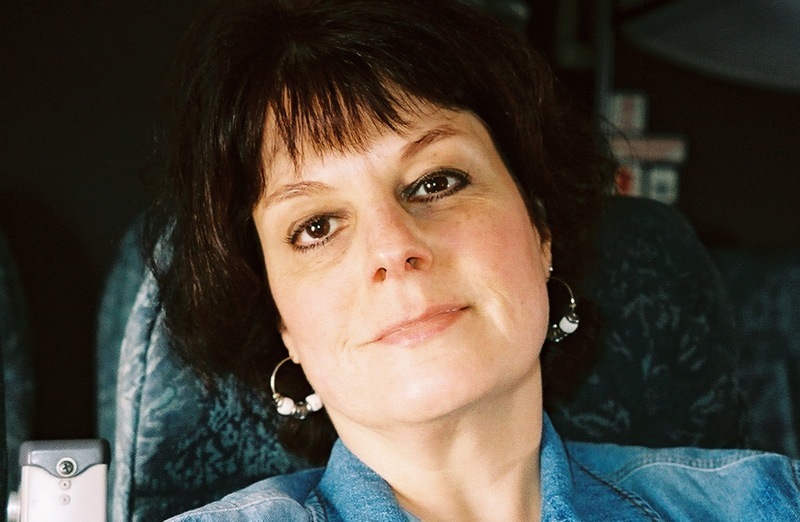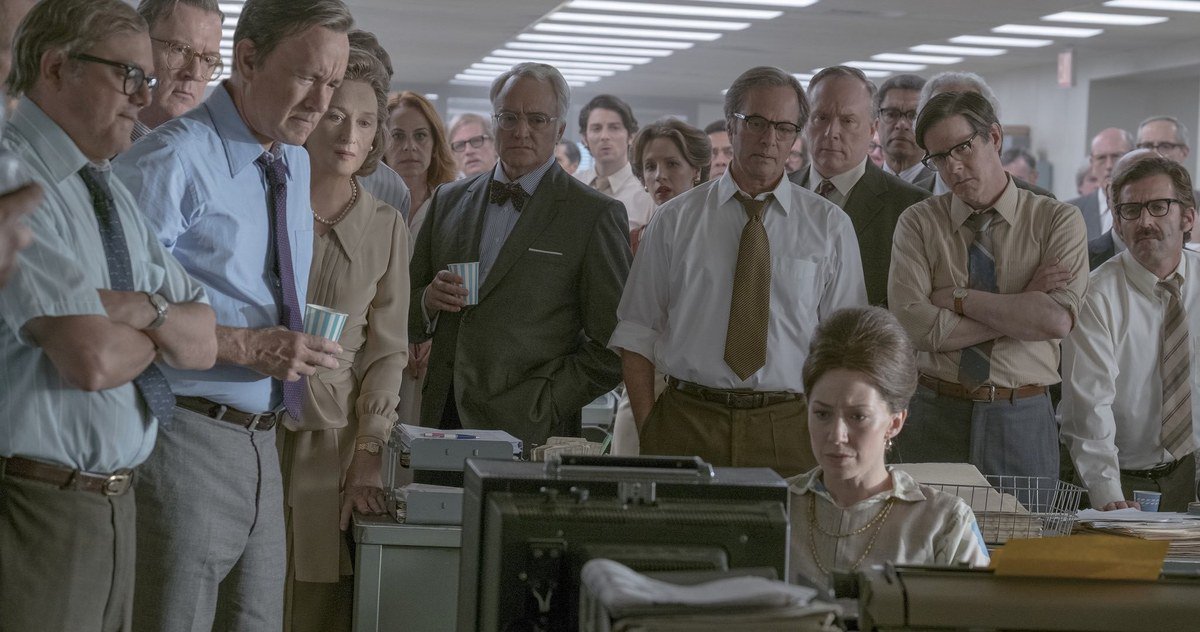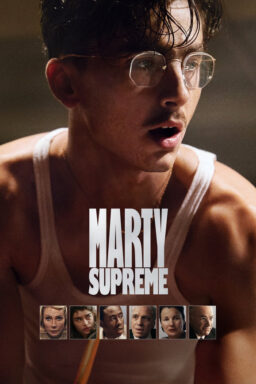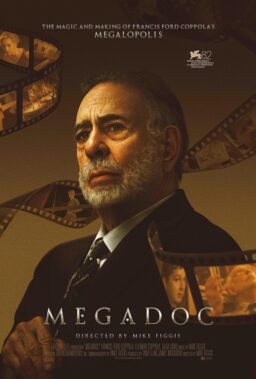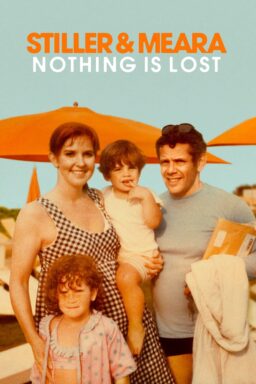They say there is power in numbers.
That is certainly true when it comes to Hollywood’s awards season. Few things demonstrate that better than when there is a stellar ensemble cast in a movie.
Yes, a lineup of A-list stars taking turns grabbing the spotlight might impress. Think of something like “Love Actually,” where a carousel of performers like Alan Rickman, Colin Firth, Emma Thompson, Laura Linney, Hugh Grant and Liam Neeson feel like equals as they circle about each other in intertwining storylines.
But what enriches a film even more is when lead actors get to interact with a wide array of colorful characters that, in turn, elevate a headliner’s game. Jimmy Stewart is great as George Bailey in 1946’s “It’s a Wonderful Life,” but where would he be without Lionel Barrymore as Mr. Potter, Thomas Mitchell as Uncle Billy, Henry Travers as Clarence the Angel and Beulah Bondi as his mother? Though their parts might be smaller, their combined impact on this now-holiday perennial and Best Picture nominee is immense.
At the recent Middleburg Film Festival in Virginia, I was overwhelmed by the number of fall films bearing Oscar hope that took full advantage of their expansive casts. Titles including “Mudbound,” “Novitiate,” “Call Me by Your Name,” “I, Tonya,” “Darkest Hour” and “Three Billboards Outside Ebbing, Missouri” all impressed with their abundance of talent onscreen. This was in addition to such earlier 2017 releases as “Get Out,” “The Big Sick,” “Dunkirk” and “The Florida Project.” Waiting in the wings next month are “The Post” [pictured above], “The Shape of Water” and “Phantom Thread.”

But it was “Lady Bird,” actress Greta Gerwig’s semi-biographical solo directing debut, that most impressed me. As wonderful as Saoirse Ronan is as an obstinate Sacramento teen desperate to flee her family’s nest, I was blown away by how each and every secondary part was presented as a fully rounded individual who added layers to Ronan’s performance through their interaction.
That was no accident. When I told Gerwig, who also wrote the screenplay, how much I enjoyed each performance, from Laurie Metcalf as Lady Bird’s fretful mother and Tracy Letts as her laidback father to Lois Smith as an open-minded Catholic nun and Timothee Chalamet as a high-school heartbreaker, she had this to say in our interview:
“Because I had such amazing actors playing these people, I just wanted to feel like every single character was someone you could follow and that they would have their own entire movie. … I think part of the job of being a writer is listening to your characters. They tell you who they are. That is the part of writing that is mysterious.”
What isn’t mysterious is how many Best Picture Oscar winners deliver a well-rounded and fully-realized parade of supporting actors. Of course, there is the occasional awards bait such as “Cast Away” or “Gravity” that intentionally isolates its compelling star with little or no backup. But consider the last five titles to walk away with the big prize: “Moonlight,” “Spotlight,” “Birdman,” “12 Years a Slave” and “Argo.” “Moonlight” stands out in presenting its protagonist at three different stages of life while played by trio of actors. As for “Spotlight,” it’s an equal acting opportunity for all onscreen and rightly so as its portrayal of the Boston Globe’s Pulitzer-winning team of investigative reporters underlined the importance of collaboration to achieve a goal. As for “Birdman,” “12 Years a Slave” and “Argo,” they were all chockful of with recognizable talent that brought out the best in their leading men.
However, when it comes to judging a cast, Oscar takes a back seat to the Screen Actors Guild Awards. Since its second contest when it honored 1995 releases, SAG has been the industry’s lone official voting body that has a category dedicated to honoring the best ensemble performance in a film each year. Considered the equivalent of Best Picture, it is also one of the more reliable early indicators of which releases have an edge to get the most coveted trophy at the Academy Awards.
Usually, if a movie is snubbed in the SAG best-cast lineup—which is limited to five contenders—its chances for a Best Picture nod and especially a win takes a hit. That’s because actors make up the largest portion of the estimated 8,500 voting members of the Academy—although about 160,000 vote on the SAG honors after a committee of 2,100 picks the nominees. Those in the know during the 2016 race immediately demoted “La La Land'”s chances after it failed to make the cut while “Moonlight” did, although it lost to “Hidden Figures.”
“Only one movie has ever won Best Picture without an ensemble nomination from SAG – and that was ‘Braveheart,’” says Sasha Stone, founder and overseer of online site Awards Daily. “That probably was because Ron Howard and ‘Apollo 13’ (SAG’s choice) had all the momentum until he didn’t get an Oscar nomination for director.”
Then again, only 11 SAG ensemble winners have go on to Best Picture glory—although 1996’s “The Birdcage” remains the only SAG champ to be overlooked as a Best Picture nominee. “Usually the wins for the lead categories are more reliable than ensemble,” Stone says. “But when an ensemble wins and that differs from the movie that wins the Producers Guild and Directors Guild awards, that can sometimes signal a split ahead, which happened with in 2015 with ‘Spotlight’ and ‘The Revenant.'”

What does this all mean for this year’s Oscar contest? For now, those who participate in predicting the Oscars on the Gold Derby site have not budged from declaring Christopher Nolan’s World War II extravaganza “Dunkirk” as the leader since late summer. Yet, when it comes to those forecasting SAG’s ensemble category, Gold Derby-ites choose “The Post,” “The Shape of Water,” “Three Billboards Outside Ebbing, Missouri,” “Call Me by Your Name” and “Darkest Hour” as their top-five. “Dunkirk” is down the list at number six.
It does help to have a designated star leading the charge but, much like “The Lord of the Rings”—whose three parts were all nominated by SAG—“Dunkirk” is a pure ensemble effort that avoids being overshadowed by all the top-of-the-line militaristic pyrotechnics thanks to the formidable performances by Mark Rylance, Tom Hardy, Cillian Murphy, Harry Styles and Kenneth Branagh. And the final part of the “Rings” trilogy, “Return of the King,” went on to win ensemble as well as Best Picture. That “Dunkirk” is being re-released in major markets starting on Dec. 1 won’t hurt, either.
Besides more is more when it comes to SAG voters. The record for the smallest nominated cast with just three members is shared by 2004’s “Million Dollar Baby” and 2015’s “Beasts of No Nation.” And neither won for Best Ensemble, although Clint Eastwood’s boxing saga took Best Picture.
Stone has this advice for those who want to win the office Oscar pools: “Movies that have solo performances don’t win Best Picture even, like ‘Gravity,’ they have visual brilliance. Many of us tend to think like directors when doing our predicting. But really you have to think like an actor. If they don’t like Sandra Bullock, they’re not going to like the movie.”
